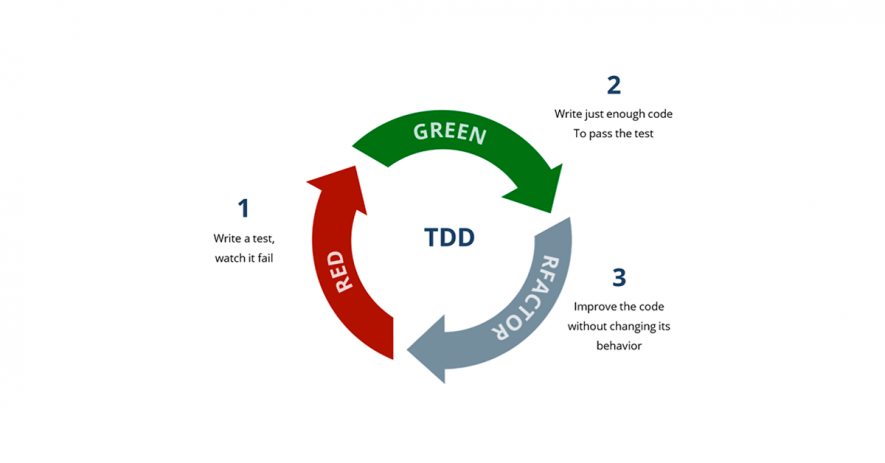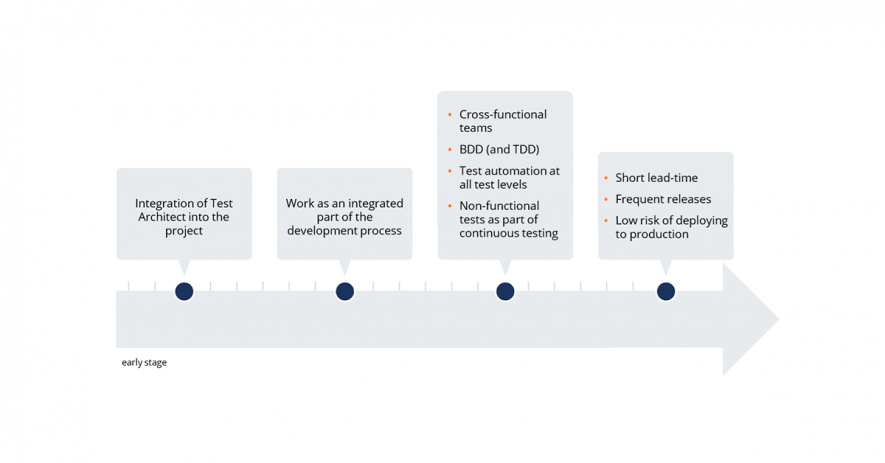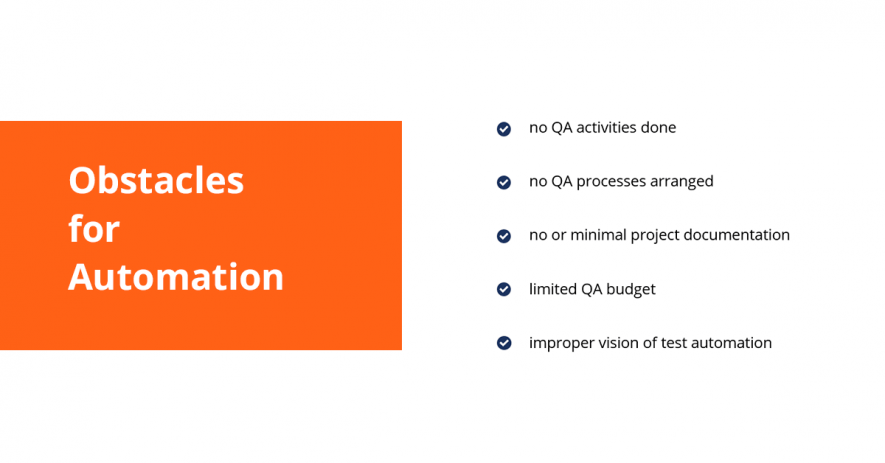- QATestLab Blog >
- Automated Testing >
- The Power of Test Automation: When & How to Put It on Action?
The Power of Test Automation: When & How to Put It on Action?

Note: This article was updated in September 2020
Reduced business expenses and higher overall test coverage – you can reap these and more benefits from test automation. But, nothing will work unless you know how to turn all this process on. First, you need to ask yourself – does your project really need test automation? Second, which tests should be automated? And the last one, what is the most effective way to do so?
QATestLab, jointly with Testify, tried to give comprehensive answers. This material is based on our latest webinar. If you want to discover more useful insights, watch the full record of the webinar here.
What Projects Will Benefit From Test Automation?
Not all software products that require testing are similar. Not all testing techniques applied to them either. Test Automation certainly has a variety of advantages for product owners. But for this, you need to remember a simple truth:
You can’t automate everything, so you should be smart about your priorities if you are focusing on high ROI.
How to check whether your priorities are equivalent to the power of Test Automation? Analyze your project. Test Automation will show great results in scenarios when:
- you have a large and rather complex project
- you have time-consuming and repetitive tasks
- you need a fast product release
- you have constant updates
We do not convince you that these are the only cases where automation can be used. Not at all. These are the cases that will lead you to exactly what you expect, and even more.
Erik Rogstad, Senior Test Engineer in Testify, explains that for complex products, automation is required to ensure the necessary test coverage. He also adds that it is more precise and systematic than pure manual testing.
In case of fast release requirements, Eric explains:
“Test automation here works to provide fast and efficient releases with low risks.”
It isn’t a standalone process but a constituent of an elaborate approach.
What tests can be automated?
Amir, Senior consultant on software test automation in Testify, explains that at the early stages of product development nearly all tests in the testing pyramid can be automated. These are not only unit tests and unit integration but also system tests and system integration, non-functional tests, etc.
Here, we have mentioned the most crucial types of automation testing:
- unit testing
- smoke testing
- functional testing
- integration testing
- regression testing
- performance testing
- advanced GUI testing
Can test automation eliminate the need for manual testing?
Erik, Senior Test Engineer in Testify, answers: “No. Certain types of testing are harder to automate such as usability, or interface tests, therefore, manual checking cannot be completely removed. The goal of automated testing is not to get rid of manual testing but to organize a mutual workflow.”
Test Automation in Test Driven Development
The way you decide to automate your test cases directly impacts its success. Test-Driven Development (TDD) approach is one of the strategies which you can select to boost this process. Its main idea is to integrate test automation at the early stages of product development.

The organization of the development team greatly influences this process. A cross-functional team will provide all the necessary resources to ensure the product’s quality and its fast delivery.

Another important thing that influences this approach is the combination of behavior-driven and test-driven development. This helps to build team layers with changing functionality. Establishing tests and their integration is a time-consuming process, but their early implementation can reduce the risks of releasing the low-quality product.
Different stages, different results
Test automation at the early stages of product development is for sure full of benefits and can give more guarantees for effective test coverage. But what to do if your project is not big enough to spend additional resources for test automation from its very beginning? Another problem that may occur is that most of your product’s functionality has already been implemented, but test automation is still required.
Konstantin Kucheryavyy, Test Automation Engineer at QATestLab, shares his experience of working with such projects:
“Projects that come to us are mostly at their delivery stages. Our challenge is to join in the middle of the project and provide the results that clients expect from test automation.”

The earlier you start test automation, the more effect you’ll get. But nothing is ideal in this world and Konstantin mentions that they did automation for projects with 30-40% or even 80% of functionality implemented.
How does this approach work?
- Test documentation is created to execute robust tests.
- Test documentation is verified with a customer.
- Test automation is implemented (specialists write code, customize testing frameworks, run automation, prepare reports and their analysis, document bugs and discuss how to fix them, etc.)
What is delivered?
- test documentation (test cases, test automation suites, etc.)
- test automation scripts that are stored and saved on the client’s cloud repository
- continuous-integration and test-run environment
Final word: What’s the Impact on total cost?
Money is a subject of concern to all, which is quite logical. When it comes to test automation, the final cost will depend on several factors. Konstantin, Test Automation Engineer at QATestLab, explained it in this way:
“Automation is expensive at the early stages of its implementation. You need additional resources to establish it, experienced specialists for its development, automation tools, etc. Nevertheless, if your project is big enough and presupposes continuous updates, test automation is a great way to cut down expenses.”
Put it differently, test automation is like a contribution to your future. In the first stages, you have to make some investments, but the results it will give you later are long-playing. That’s why, in the end, it helps to save the overall budget.
…………….
Contact us, or visit our blog to read more about QA & testing. Let’s grow together!
Learn more from QATestLab
Related Posts:
- When Does Your Project Need Test Automation?
- When say “no” to automated testing?
- Software Test Automation: Problems and Tips
About Article Author
view more articles
has more than 2-year experience in blogging and copywriting, copyediting and proofreading of web content.
View More Articles






Glad you liked it!